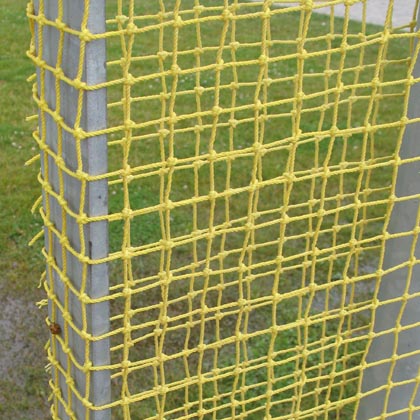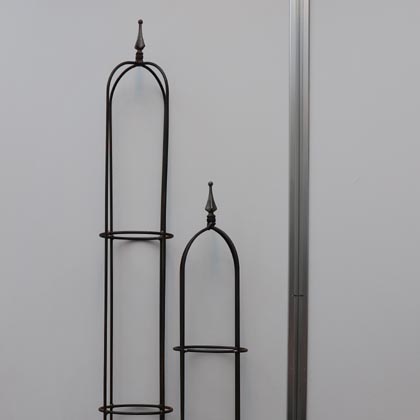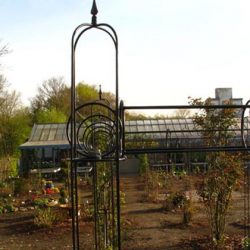
Here are some tips on how to present clematis in the best possible light, which I would like to share with my customers and visitors to my website.
Most clematis are climbing plants, that is well known. How can I contribute to optimization and avoid mistakes in the design from the outset?
Clematis cling to anything that can be reached with their leaf stalk tendrils. These leaf stalk tendrils only need a few hours from touching to clasping. The material of the climbing aid should be as thin as possible. A thickness of 2 – 15 mm is ideal, so that 1 – 2 wraps are possible. Clematis are also able to cling to stronger material. There is then a risk that they can really “slip”. Natural materials made of wood are the most suitable because they avoid heating up in direct sunlight. Metal objects can cause slight burns to the leaf stalks in southern locations. Progressive growth is nevertheless not impaired.
Smooth climbing aids must always provide clematis with crosspieces or cross wires to prevent them from slipping down. Wire mesh fences or double wire mesh fences are perfect climbing aids, especially if they are coated. A link or eyelet chain, for example, is also ideal. This is available by the meter for little money. Fastened at the top and bottom and tensioned, the climbing aid is ready. There are countless prefabricated climbing aids in garden centers, so there is sure to be something to suit every taste. The distance to the wall must be generous, at least 7 cm.
We manufacture our own obelisks and shrub holders for clematis! They are firmly welded from 6 or 8 mm round steel. Our obelisks are modular “all-rounders” when they are joined together to form arcades, porticos or portals. Various heights and widths are possible. Individual dimensions are also possible, at no extra charge!
Here are some examples of different climbing aids.


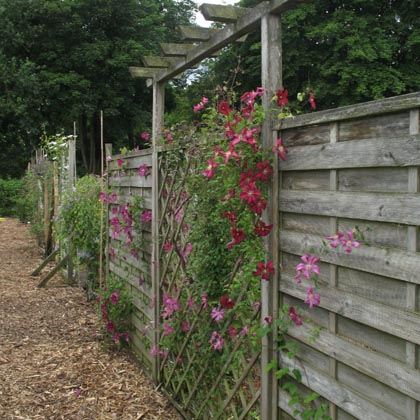
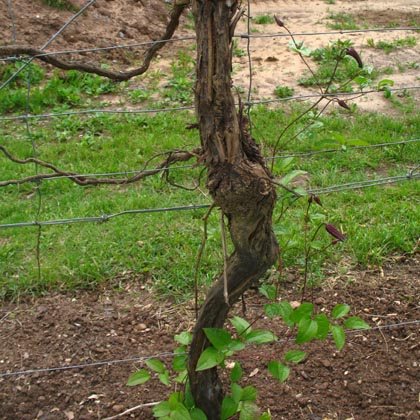
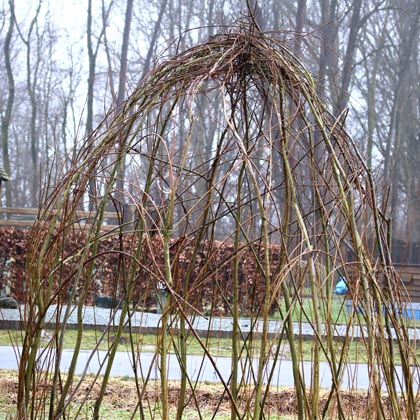
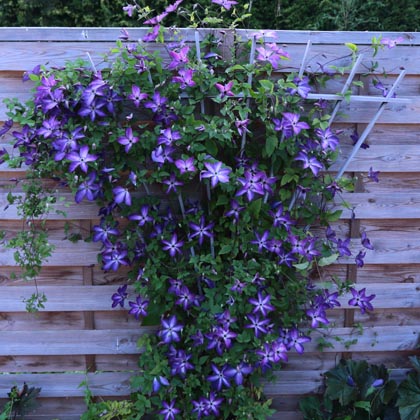
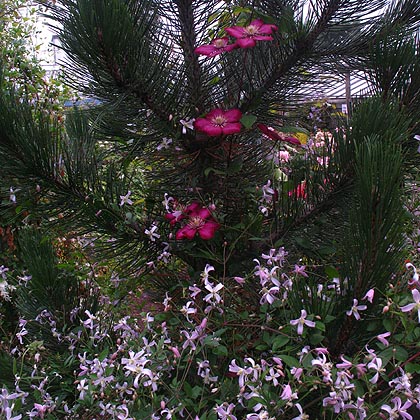
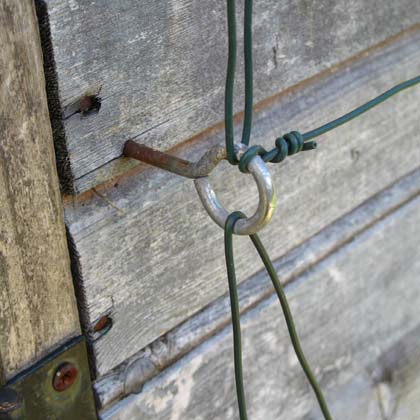

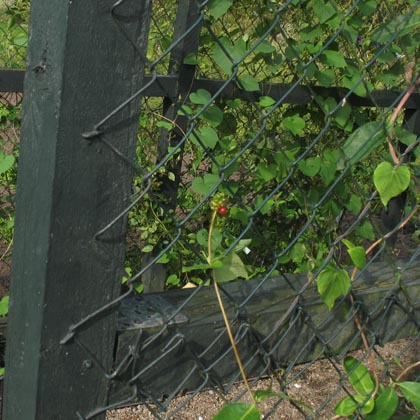
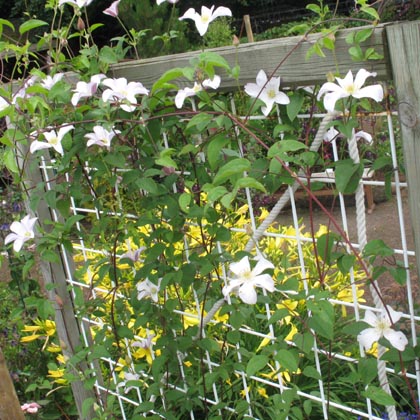

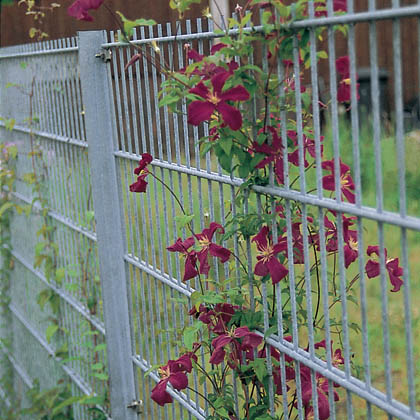
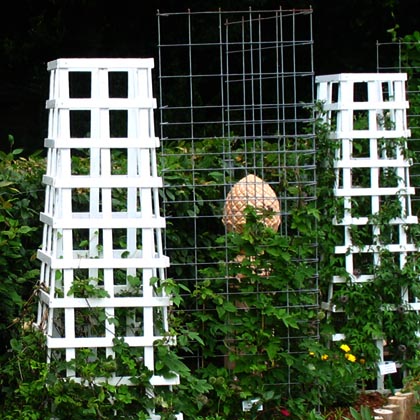
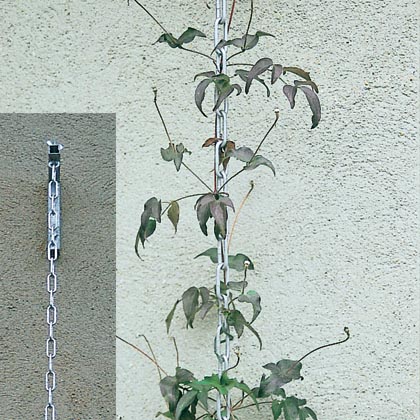

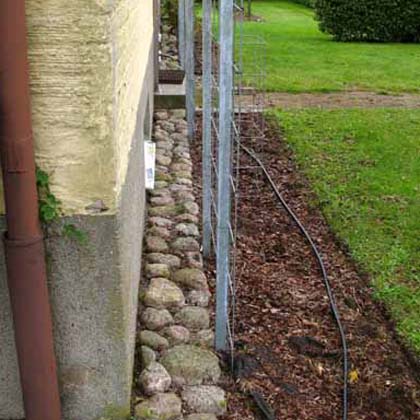

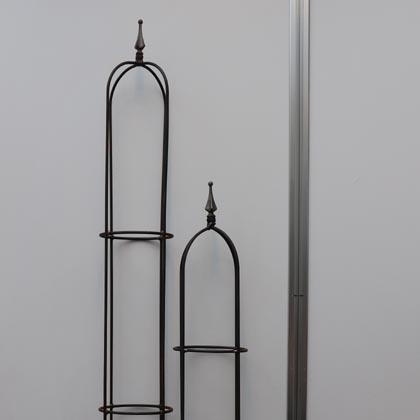
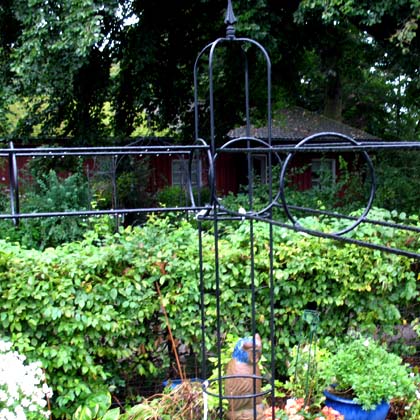


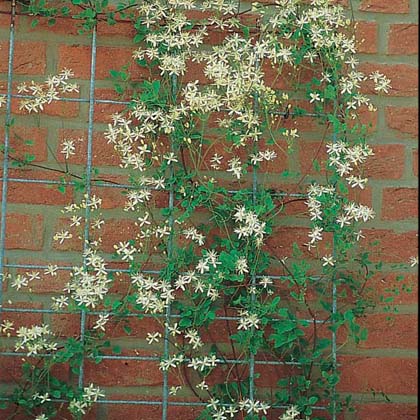
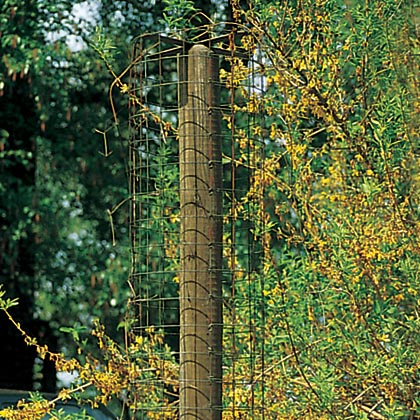
Supports for perennial clematis
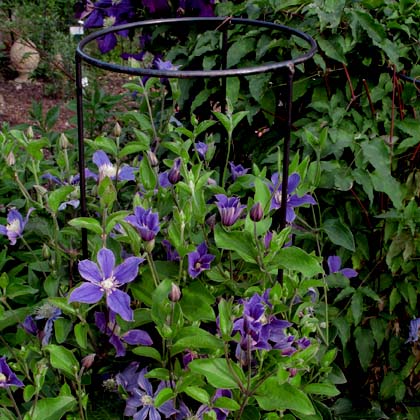
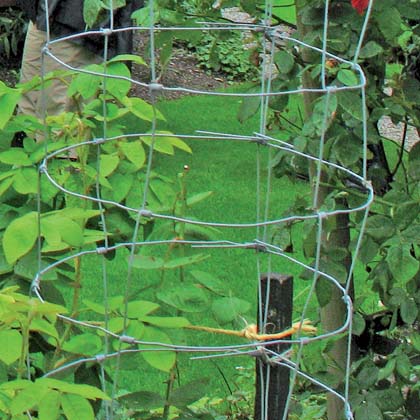
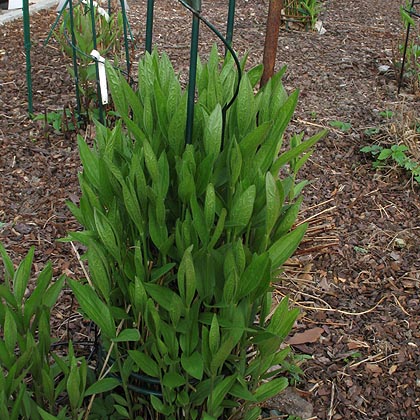
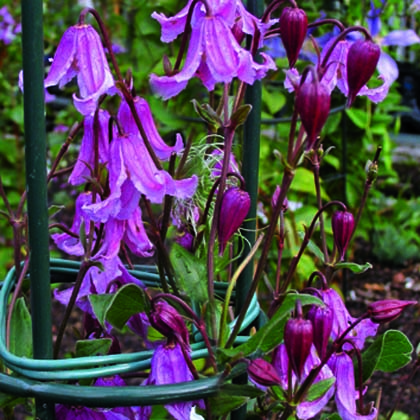
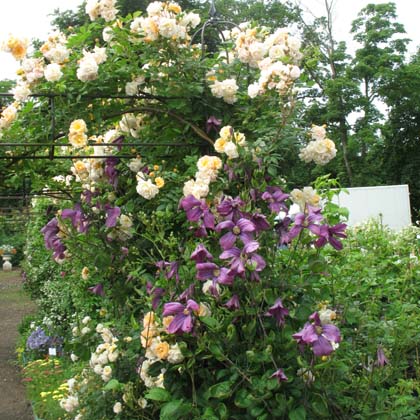
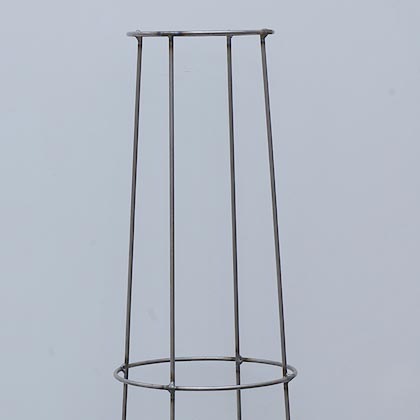
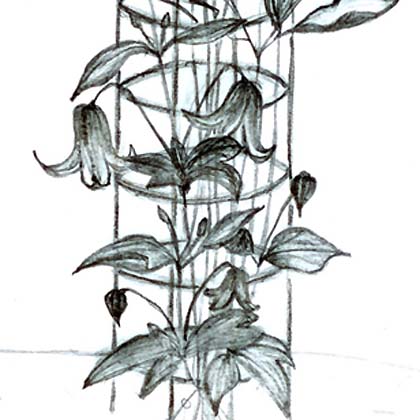
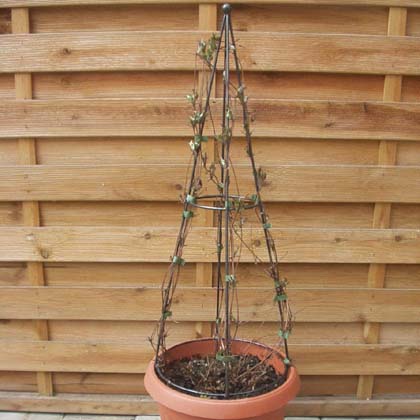


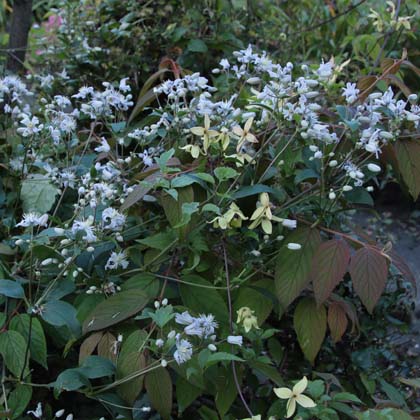
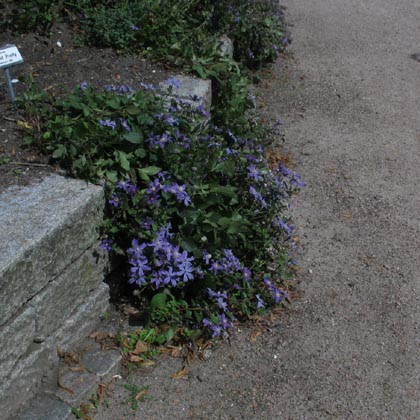
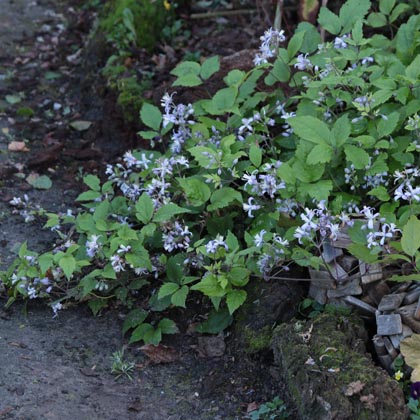
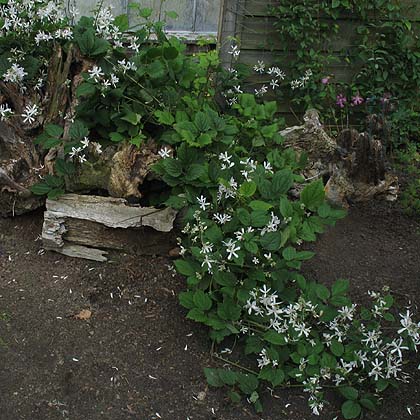
Perennial clematis do not have leaf stalks and cannot hold on by themselves! They ideally require a ring-shaped support that corresponds to the genetic growth height of the variety. This is very different for our perennial clematis. The low varieties, for example, only reach a height of 30-40 cm. The tall perennial clematis can even exceed 2 meters in height. Make sure you know in advance how tall the new perennial clematis will be so that the “support” is not chosen too low. Ring-shaped supports perform very well. The meshes must not be too tight, after all, the perennial clematis must not be completely enclosed! If there are ornamental elements or decorative spikes on obelisks, these may be slightly higher than the final height of the clematis. The decorative element will not be covered later. Other plants can provide good support. Branches of shrubs or roses provide sufficient support for perennial clematis.


Important note in this context: You must always observe the local main wind direction (see also planting under trees)
All clematis always grow in the direction of the wind, which is important to bear in mind when planting new plants and saves a lot of work later when tying up, straightening or correcting the direction of growth! This applies equally to perennial clematis and all climbing clematis! Planting on the windward side (the side facing the wind) will make things a lot easier in the future. An airy location also makes it more difficult for fungal diseases to establish themselves.
If neither a climbing aid nor a suitable shrub is available, the only option is to grow ground cover. This can be very attractive with many perennial clematis, as can be seen here with Clematis integrifolia Arabella. If you go one step further, clematis can also be used throughout the area. Strong-growing varieties such as C. jouiniana praecox or C. jouiniana Sander can cover several square meters. This goes so far that wild herbs hardly stand a chance. Slopes or embankments can even be fortified, as roots are formed where the shoots rest on the ground. (see also Propagation of ground sinks er)

